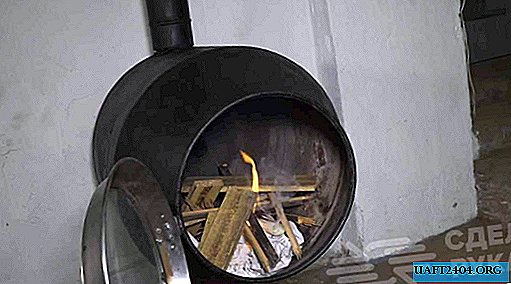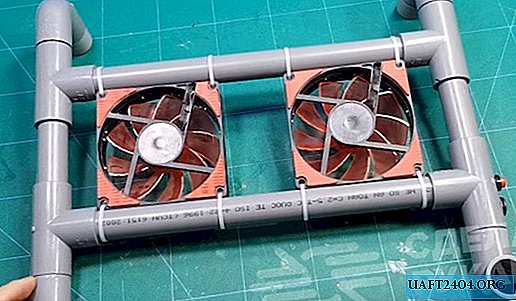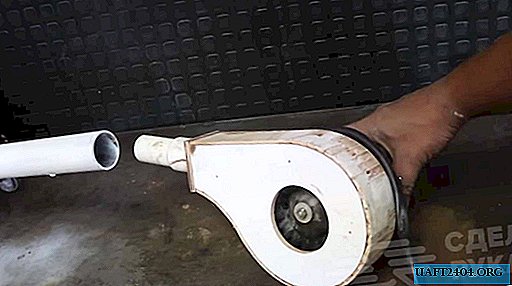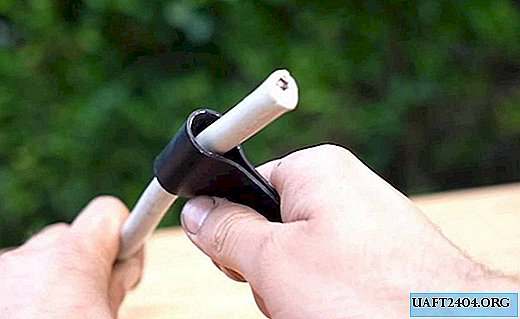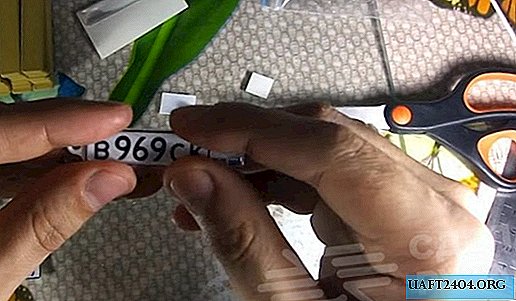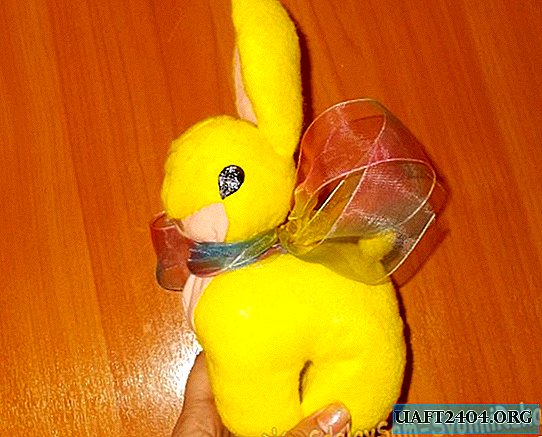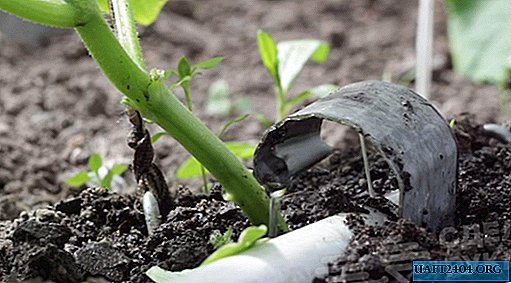
Drop watering is gaining more and more suburban areas. Indeed, it is very convenient and practical. No more watering cans, hoses or accidentally damaged leaves.
You only need to turn the tap. The author tells how to easily and budgetally organize drip irrigation in your area.
It is best to use a 20 mm reinforced plastic pipe. This is convenient as you can buy any length you need.

Cranes are best to buy metal, since plastic will leak in a couple of seasons.

The pipe is sold in twisted form, so it will need to be fixed on the bed. Small metal hooks should be long enough to fit snugly into the ground.
Place the pipe along the planting line so that watering goes directly under the root. If the plants are planted in two rows, it makes no sense to lay a pipe between them.
The main stages of work
Route the garden hose to the irrigation system. It will be convenient to make the plug higher, and not at the junction of the water supply pipe. So you will not damage the plants when you turn on the irrigation.

It is convenient to make holes when the plants are already planted in the ground. So the water will flow exactly under each bush.
Keep in mind that in the next seasons you will plant crops exactly at the distance you choose now. Drill 0.8 mm holes in the pipe with a slight slope inward.

Now you need to install small visors over each hole. You can easily make them yourself from any thin sheet of metal.
So the hole will not be clogged with earth, and water will flow only into the soil, without falling onto the plant itself.

The system is ready. Autowatering saves a lot of time, while bringing greenhouse crops only benefits.
After all, this way you definitely won’t get on the leaves and the plant will not get burned in hot weather. This system is very durable and does not require additional maintenance.

